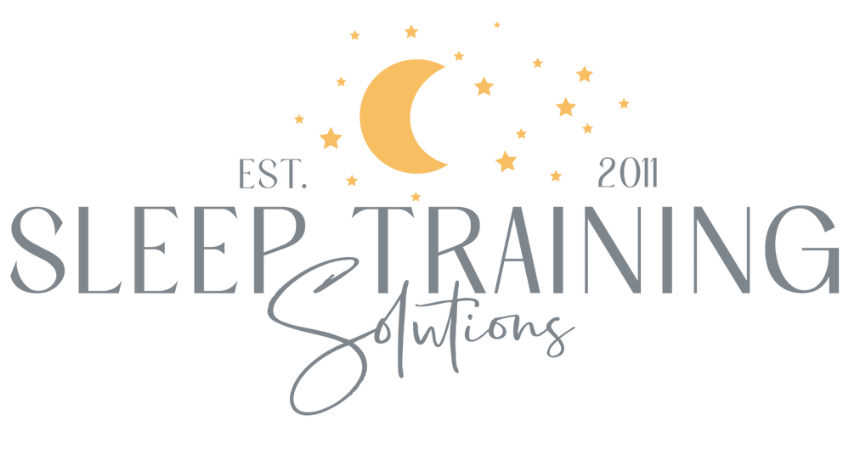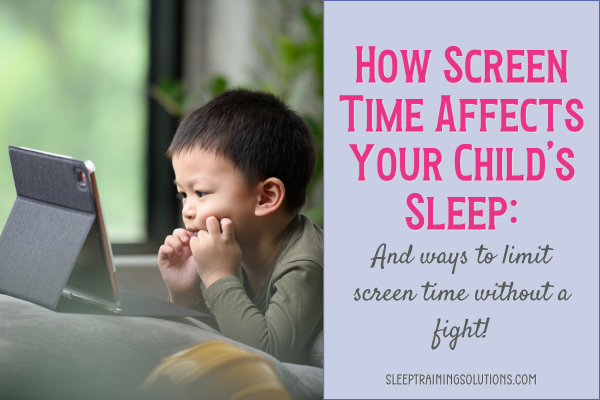How to enjoy summer parties…and not mess up your baby’s sleep!
Have you declined invitations and stayed home because you’re worried that a late afternoon or evening barbecue will completely throw off your baby’s schedule?
Or do you bring your baby and let the cards fall where they may – knowing that the next day or two will be much harder sleep-wise?
If your baby is naturally a great sleeper, a slightly later night will probably just be a blip on the screen and you won’t notice any big changes.
If your baby has no schedule yet and you need to do sleep training – on your own or with some help – taking your baby out can’t make it any worse!
But if you’ve done sleep training recently or the party will last a couple hours past your baby’s normal bedtime, it’s a bit more important to do what you can to prevent overtiredness.
Here are some tips to make sure your fun summer evening doesn’t completely mess up your baby’s sleep!
1. Focus on naps the day of the party
If you’re in charge of bringing the potato salad to the party and you’re so involved with making it that you put your baby down late for the morning nap, I can almost guarantee that he or she will have a short nap or at the very least be grumpier for the rest of the day. Of course you want him in the best spirits – isn’t one of the joys of having a baby showing off your cute smiling little one to friends and family?!
So make sure you get your baby to nap his normal naps – and don’t skimp on the nap routine because you’re rushing around trying to get ready (I know, easier said than done!), because babies can sense anxiety and stress and it often affects their sleep!
The goal the day of the party is quality naps in the crib before you leave.
2. Add a catnap if it won’t be a super late night
If you’re planning on arriving to the party in the late afternoon, try to squeeze in a catnap (no more than 30 minutes) after your baby’s normal last nap. This will often help tide her over until you get home to put her in the crib. Note: this only works if you’re getting her in bed within about an hour of her normal bedtime.
Either time driving to the party with the catnap so she falls asleep in the car or bring the stroller or carseat for her to sleep in. I would strongly advise against holding her while she catnaps, especially if you’ve had to teach her how to sleep – it’s funny how babies can remember a thing like that and start preferring every sleep to happen that same way!
3. Come prepared if it’s a later party
If this is a family reunion and getting a babysitter just isn’t in the cards, the best thing to do is put your baby to sleep at the normal bedtime while you’re at the party.
This means you’ll want to bring pjs/sleep sack, pack n play, bedtime story, lovey and white noise machine to drown out the party.
This will, of course, be different than a normal evening for your baby, but try to incorporate as much of the normal routine as possible – same PJs/sleep sack, feed, story or song, etc. – and don’t be tempted to do a little later bedtime. She’ll be more stimulated than normal meeting so many new people, so do your normal bedtime or even 15 minutes earlier.
I would put the white noise on at the beginning of the routine so she doesn’t get distracted during the feed by the new noises – you don’t want her waking up at an unusual time because she didn’t have a full feed!
Remember the worst thing you can do in this situation is just keep your baby up an hour or two (or more!) past bedtime. Overtiredness will make it incredibly hard for him to settle down and fall asleep, or he’ll be up more during the night, or he’ll wake up super early. Or all of the above. You’ll enjoy the party more knowing he’s not completely getting off schedule and you’ll be even happier the next day when everyone has gotten a good night’s sleep!
If it’s a middle of the day event, all of these still apply – make sure the first nap of the day is on time and in the crib and bring the stroller or pack n play for a mid-day nap!
Related Posts:
This post is for informational purposes only and may not be the best fit for you, your child and/or your personal situation. It shall not be construed as medical advice. The information and education provided here is not intended or implied to supplement or replace professional medical treatment, advice, and/or diagnosis. Always check with your child’s physician or medical professional before trying or implementing any information read here.





